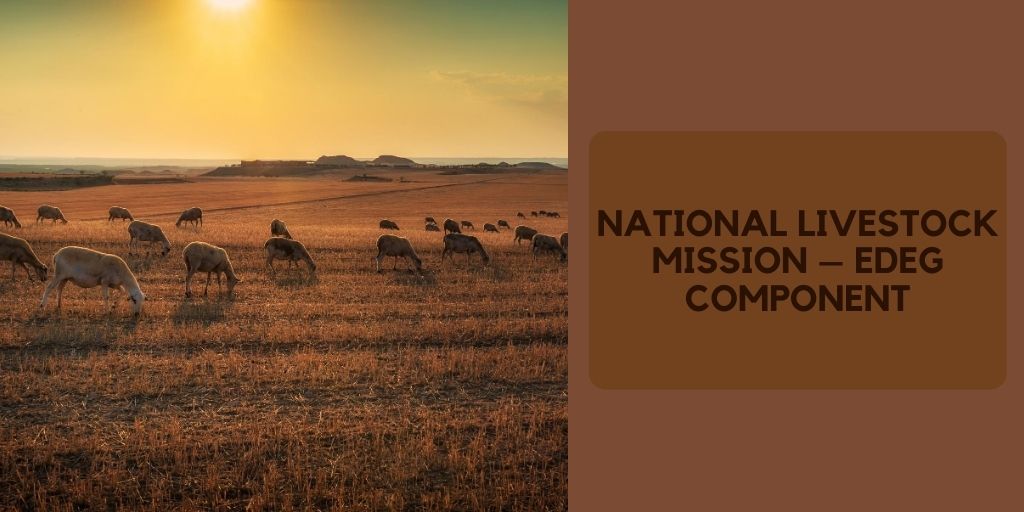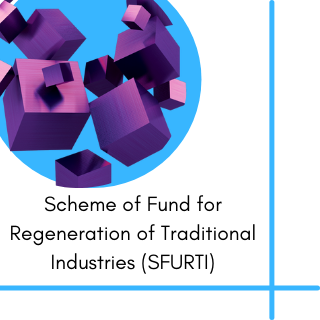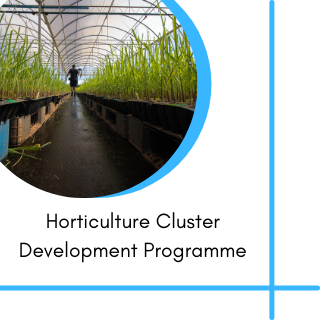The PM–KUSUM scheme was launch by the Ministry of New and Renewable Energy (MNRE) to support installation of off-grid solar pumps in rural areas and reduce dependence on grid, in grid-connected areas. … PM kusum Scheme subsidy for solar pump
It entails setting up of 25,750 MW solar capacity by 2022 with a total central financial support of Rs 34,422 crore. PM kusum scheme subsidy for solar pump
Pradhan Mantri Kisan Urja Suraksha evam Utthaan Mahabhiyan (PM-KUSUM) scheme was initiat
by Government of India to increase the income of farmers and provide source for irrigation and de-dieselize the farm sector.
PM-Kusum Yojana got its administrative approval in March 2019 and guidelines were frame in July 2019. This scheme was launche by the Ministry of New and Renewable Energy (MNRE) for the installation of solar pumps and other renewable power plants across the nation. This scheme is divide into three components which are discussed further.
Objective of PM Kusum Yojana
Under PM Kusum Yojana, farmers, group of farmers, panchayat, co-operative societies can apply to plant a solar pump. The total cost involved in this scheme is divid into three categories in which the Government will help farmers.
Government will provide a subsidy of 60% to farmers and 30% of the cost will given by Government in form of loans. Farmers will only have to give 10% of the total cost of the project. The electricity generat from the solar panel can be sold by the farmers. The money gained after selling electricity can further used for starting a new business.
Three Components of PM-KUSUM Yojana
Component A
- Under this scheme, workers will setup 10,000 MW of decentraliz renewable energy power plants which are grid connected on barren land
- These grids will be setup by farmers, cooperatives, group of farmers, panchayats, Water User Associations (WUA) and Farmer Producer Organizations (FPO)
- Power projects will be setup within the radius of 5 kms of the sub-station
Component B
- Under this scheme, farmers will be supported to install stand-alone solar agriculture pumps worth of Rs. 17.50 lakh
- The capacity of the pumps will be up to 7.5 HP for replacement of existing diesel agriculture pumps
- The capacity can be higher than 7.5 HP but financial support will only be provided uptil 7.5 HP capacity
Component C
- This scheme is for solarisation of 10 Lakh Grid Connect Agriculture Pumps and individual farmers
- will support to solarize pumps those having grid connect pumps
- Extra solar power will sold to Distribution Companies of India (DISCOMs) at pre-fixed tariff
- Farmer’s irrigation needs shall met by using the generated solar power
Things to Implement
- The first thing to implement is the pilot run of Component A and Component C for capacity 1000 MW and 1 lakh pumps
- After the successful implementation of pilot run of Components A and C, these components will used for greater capacity and pumps
- Based on received demand, capacities have sanctioned to various State Government Agencies
- Under Components A and C, tender or allocation will be
- performed by the implementation agency nominated by the State Governments for respective components
Central Financial Assistance (CFA) / State Government Support:
Component A:
For buying the power from farmers or developers, Procurement Based Incentive (PBI) @ 40 paise/kWh or Rs. 6.60 lakh/MW/year, whichever is less, will be provided for the first 5 years by MNRE to Distribution Companies of India (DISCOMs).
Component B & C:
- Finance Assistance of 30% of the benchmark cost or the tender cost, whichever is lower
- State Government subsidy 30%
- Remaining 40% by the farmer
For farmers living in states, including J&K, Himachal Pradesh, Uttrakhand, North Eastern States, Sikkim, Lakshadweep and Andaman and Nicobar Islands,
Central Finance Assistance of 50%, State Government subsidy 30%, rest 20% by the farmer.
Release of funds
Funds up to 40% of the applicable CFA for the sanctioned quantity would released as advance to the implementing agency only after placement of letter of award(s) to the selected vendors.
The implementing agencies may pass on this fund to the selected vendors in different stages on achievement of various milestones as per terms and conditions of letter of award(s).
Second installment up to 30% of the applicable CFA would release on submission of UCs and SoE for the first release.
The balance eligible CFA along with applicable service charges would released on acceptance of the Project Completion Report in the prescribed format, Utilization Certificates as per GFR and other related documents by the Ministry.







